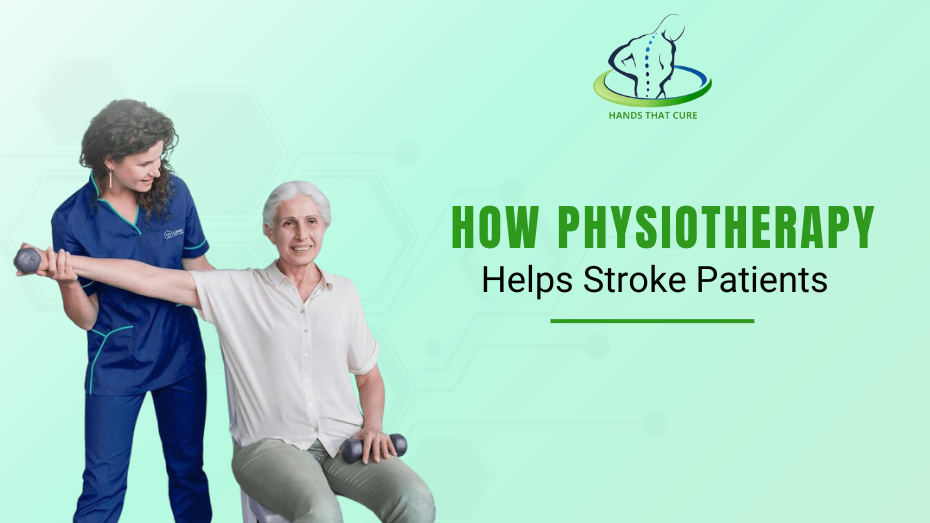
Physiotherapy plays a crucial role in the rehabilitation of stroke patients, helping them regain mobility, strength, and independence. Stroke, often resulting from a disruption of blood supply to the brain, can lead to a variety of physical impairments. Physiotherapy focuses on addressing these impairments through targeted exercises, interventions, and patient education. Here are several ways in which physiotherapy helps stroke patients:
Mobility Improvement:
Physiotherapists work on enhancing the patient’s ability to move and perform daily activities. This may involve exercises to improve balance, coordination, and walking.
Muscle Strengthening:
Stroke survivors often experience muscle weakness on one side of the body. Physiotherapy includes strength training exercises to help rebuild muscle strength, promoting better functional movement.
Range of Motion Exercises:
Stroke can cause stiffness in joints and muscles. Physiotherapists employ specific exercises to improve the range of motion in affected limbs, preventing contractures and promoting flexibility.
Gait Training:
Walking difficulties are common after a stroke. Physiotherapists use gait training techniques to help stroke patients regain the ability to walk, addressing issues such as balance and coordination.
Balance and Coordination Exercises:
Stroke survivors often struggle with balance and coordination. Physiotherapy programs include exercises to improve these skills, reducing the risk of falls and promoting confidence in daily activities.
Functional Activities Training:
Physiotherapists integrate real-life activities into therapy sessions, such as dressing, grooming, and reaching for objects. This approach helps stroke survivors regain the ability to perform everyday tasks independently.
Adaptive Equipment and Techniques:
Physiotherapists may recommend and teach the use of assistive devices or adaptive techniques to compensate for physical limitations. This can include walking aids, braces, or modified ways of performing tasks.
Pain Management:
Some stroke survivors experience pain, often due to altered movement patterns or muscle imbalances. Physiotherapy interventions, including manual therapy and therapeutic exercises, aim to alleviate pain and improve overall comfort.
Neuroplasticity Promotion:
Physiotherapy encourages the brain’s ability to reorganize and form new neural connections, a process known as neuroplasticity. This helps stroke survivors relearn movement patterns and regain lost functions.
Patient Education:
Physiotherapists educate stroke patients and their caregivers on exercises, strategies for daily living, and lifestyle modifications to optimize recovery and prevent complications.
Physiotherapy is typically tailored to the individual needs of each stroke patient, considering the specific areas of impairment and the person’s overall health. The goal is to maximize functional independence and enhance the quality of life for stroke survivors. Regular and consistent physiotherapy sessions are essential for achieving and maintaining positive outcomes in stroke rehabilitation.